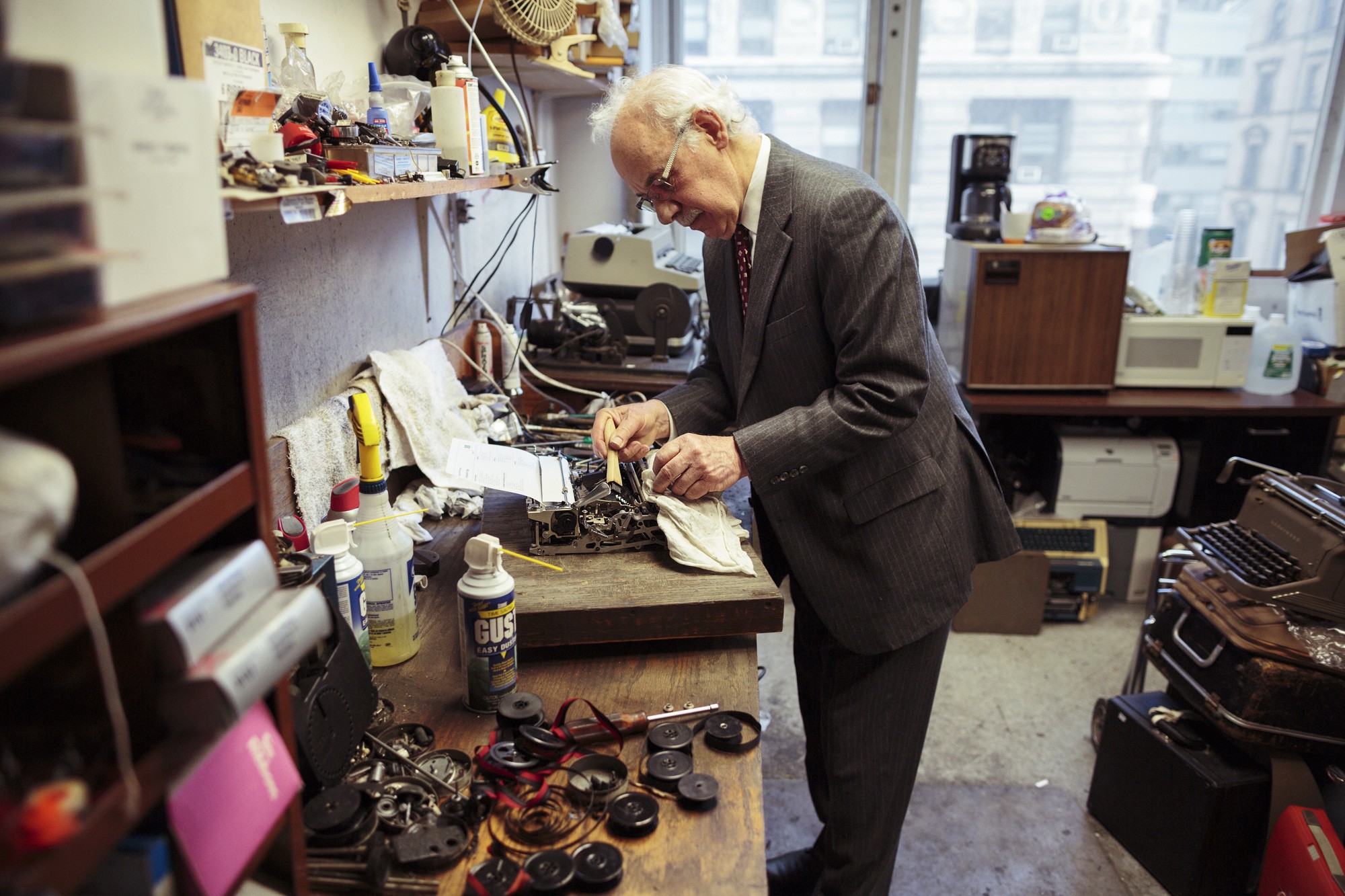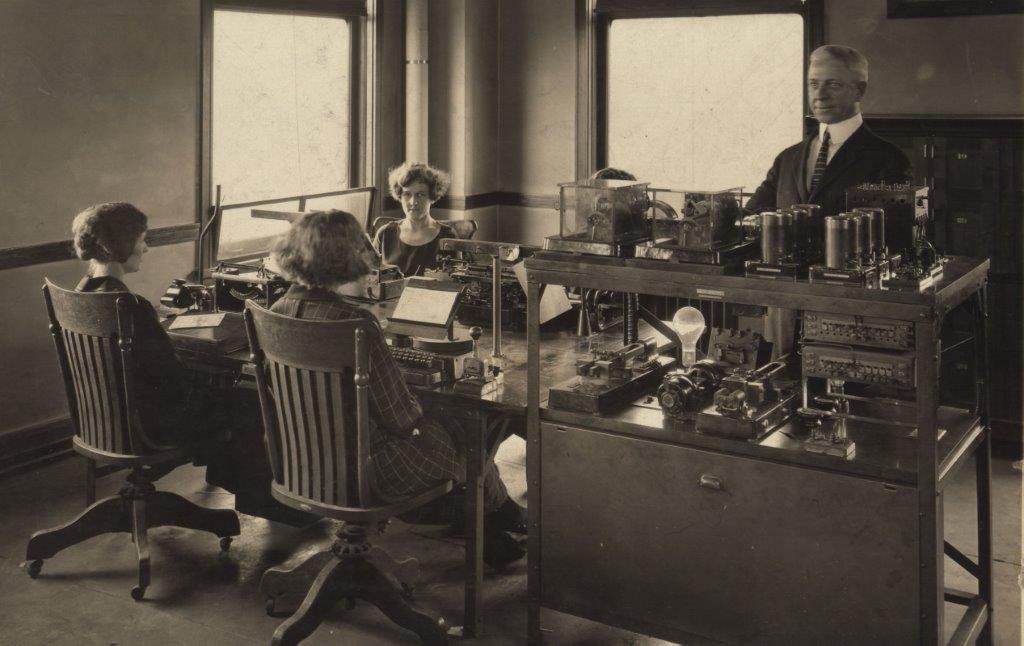
PA3CLQ's Leuke Linken Nr. 376
Namens
de Dutch Kingdom Amateur Radio Society wens ik je veel leesplezier nadat je op
deze link hebt geklikt:
http://downloads.dkars.nl/DKARS%20Magazine%20201503.pdf
73
namens de DKARS
Peter de Graaf
PJ4NX en PA3CNX
Secretaris DKARS
Rasberry Pi or Audrino
Does anyone have any knowledge regarding the Rasberry Pi or Arduino B microcontrollers?
The new Arduinos have a wifi, 4 usb 3.0 ports and ethernet connections.
Runs on some form linux software.
I know very little about the Rasberrys.
I know Les uses one for a server but that’s all I know.
I am wanting to find out if its possible for these controllers to be used with a turnkey loop interface?
I want to take my station portable in a small way.
Any and all replies are welcome.
73, Joe
REM :
Hi Joe, Everything Chip told you is good and I like his second comment about getting a small netbook or other small laptop, even a used one as they will run MorseKOB 2.5 under Windows.
I'm a fan of both the Raspberry Pi (although I have not yet invested in a Pi 2, but I do have a number of B Pi's and one B+ Pi) and the Arduino but the Arduino is not designed to run something like MorseKOB.
If you want a quick introduction to the capabilities and environment of the Arduino, specifically the Uno R3 (the only one with which I have experience but I have a number of them, there are many other Arduino models), see:
http://www.forefront.io/a/beginners-guide-to-arduino
You develop software for the Arduino using an IDE running on a PC under Windows and then download the specific application to the Arduino.
You can download the IDE for free from their main web site at:
and learn a lot more about the details.
You can actually get a version of the Arduino IDE to run on the Pi.
In either case, the IDE is designed to allow you to be able to quickly put together a single thread process written in what is essentially a version of C or C++ although it is actually a language environment called "Processing" (Google it) which simplifies the development of applications.
The Arduino would be a good platform for a simple stand along sounder driver for a museum display, but if you want to connect it to the Internet, although possible, it would be a lot easier with the Pi.
That said, remember, the Pi itself, whichever model you get, is also just a printed circuit card computer module, you have to add an external keyboard, monitor and even an external power supply to be able to use it directly like a full fledged computer, thus not very portable.
You can run it headless (no attached keyboard or monitor but it still needs an external power brick) and remotely access it over the Internet, assuming, of course, it is connected to the Internet, using SSH (Secure Shell).
That said, as you said you wanted it portable, you don't want to be hauling around the Pi and a second computer just so you can control the Pi.
The Pi makes a good system for a permanent installation like at a museum or even your home and is a very flexible system for many purposes.
There's even a free to download magazine about the Pi and Pi projects called "The MagPi" (once again, Google it), the most recent issue is Issue 30, February 2015. The main web site for the Pi is:
Note that both the Pi and the Arduino, although taking somewhat different paths to get there are designed to introduce folks to the idea of computer programming and interfacing in an environment where if you break the computer, you aren't out a lot of money.
Because of the flexibility of both platforms (although quite different environments), they have been adopted for many additional functions and purposes.
Last I heard they had sold over 4 million Pi's (they were expecting when they introduced the machine in 2012 to sell maybe 10,000.
The netbook idea of Chip's, however, is probably the best approach presently for a portable MorseKOB setup.
73, Chris Hausler MorsekobGroup & SlowSpeedWireGroup
REM :
Chip and Chris
Thanks for you’re the education. Your input is just what I needed. Your right a netbook would be more appropriate. I wasn’t thinking about the need for keyboard and monitor for some reason that part escaped my thought processes. However I think I will purchase the raspberry pi anyway to experiment with.
Thanks again
73, Joe
REM :
There are many Morse code Arduino projects out there, mostly for International Morse although I found one much more complex one (The Twitter Telegraph which drives a sounder but appears to use International Morse.
http://blog.arduino.cc/2015/02/25/connecting-a-telegraph-with-21st-century-networks/
Should one want to invest the effort, I believe it could be converted to use American Morse.
I leave that as an exercise for you students.
73, Chris Hausler
The Last of the Typewriter Men
Thought
this might be of interest to many .....
A dynasty of repairmen is keeping the world’s typewriters from going obsolete
See:
https://medium.com/backchannel/the-last-of-the-typewriter-men-729f150c5083
73, Skip

Teletypes...
For those of you into teletypes, you might find the following web site interesting:
http://www.aetherltd.com/index.html
In a recent email I mentioned my old college typewriter.
After writing that email I decided to dig the thing out.
After blowing the dust off of it I found several of the keys rather sticky.
Some 3-in-1 oil at least helped (K and L are still a bit sticky).
I also had forgotten how hard and how far one had to press down the keys to make it work.
It took a little practice to relearn how to use it.
One can't type as fast as one does on a computer keyboard or it jams.
Anyway, of course the ribbon is dried out and in searching the Internet for a source of teletype ribbons (which according to the above site are an Underwood standard) which also fit my machine, I found the above site.
Cute!
73, Chris Hausler
Just learn Morse Code.............
is a wonderful program for learning Morse Code or increasing your speed proficiency.
It's
totally free from:
http://www.justlearnmorsecode.com
BONAIRE,
PJ4. Stanley, WS5K is QRV as PJ4F until March 15.
Activity is on the HF bands.
QSL via
M0URX.
73 Urb W1UL
Well, he certainly did a fine job as head of the NFB.
Here's another fine NFB film related to railroading, this one from 1959 about the end of steam engines in Canada, titled, "The End of the Line".
It's about 30 minutes long.
https://www.nfb.ca/film/end_of_line
Of course, I travel Amtrak a lot, mostly in sleepers, as well as riding on that friend's private car to the fall AAPRCO convention each year now for the last five years.
I don't know if I've posted this link before (probably have :-) but during the 2012 AAPRCO convention in Chattanooga, the Travel Channel made a short, two and a half minute, video about their car, "Federal", the oldest car certified for Amtrak service.
After the obligatory commercial, it can be seen at this link:
http://www.travelchannel.com/video/the-federal-train
73, Chris Hausler
Unidentified_Keyboard_Machines
Its
a Cable office perforator operators.
Ed FB

73, your editor PA3CLQ
-30-
My simple website about Gigantic DF-Antennas
Part 1 "DF-Antenna Wullenweber Array"
Part 2 "DF-Antenna USSR Variants"
Part 3 "DF-Antenna USA Variants"
Next Part 4 "USSR OTHRA DUGA 1,2 & 3" at: